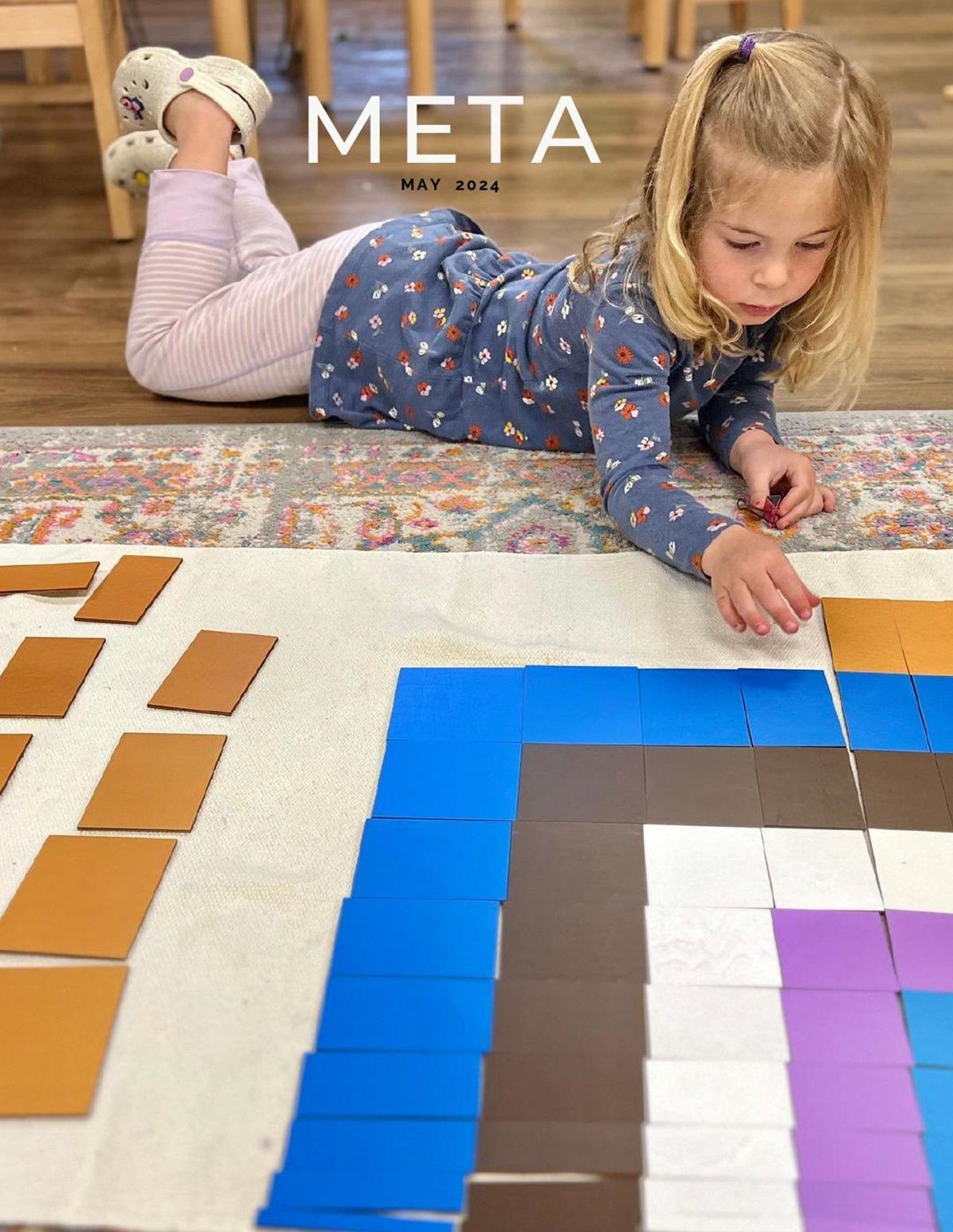Children read when they’re ready
Children learn to read when they’re ready. Recently, in our society, we’ve developed an intense expectation that children read early – before elementary, or even before kindergarten. While some children are ready for this, others aren’t, and here’s the good news: there's no reason to worry about it. Just like they walk and talk and climb when they’re ready, children know when it’s time.
In the meantime, we can provide lots of low-pressure work that paves the way for a child to learn how to turn their language skills into reading skills.
How to support emerging readers at home
With very young children, it’s important to provide lots of language. This means talking, reading, singing, and stopping to discuss what words mean. Because we introduce letters by their sounds rather than their names, we can reinforce that learning by playing sound games or drawing attention to sounds. A simple way to do this is to isolate sounds in the child’s environment: “Your name is Sophia. That starts with a /s/. I wonder if anything else in this room starts with a /s/ sound?” Children love finding rhymes or memorizing rhyming poems as you recite them together. Whatever activities you choose should be quick, fun, and responsive to the child’s interest. Don’t force it! We all want children to associate language with fun and curiosity.
Around age 6 or 7, as your child starts to read more than a word or two at a time, a great activity is to listen to a child read. (A good book for your child is one in which they know 9/10 words, or about 90% of what’s written.) You might also take turns, reading a few pages yourself and then having the child read a page. Because reading is so mentally taxing for novice readers, avoid having children read to you right before bedtime or when they’re otherwise exhausted. That’s a good time to read to them instead.


Montessori Grammar Boxes help students gain a deeper understanding of the parts of speech.
Model reading for your child
Reading is a journey. It’s complicated! While we recognize being able to turn symbols into words (decoding) as the first step, it’s a long path. There is not one single point in time at which we can say: done! The child can read! Instead, we add depth, nuance, and comprehension skills. Those can’t be rushed either – children just need time and experience to develop. If you watch carefully, model reading as a joyful activity, and observe, you’ll get to see that magic yourself.





